FedRAMP penetration testing compliance ensures that cloud service providers (CSPs) meet the U.S. government's security standards when delivering cloud services to federal agencies. It involves structured, authorized testing that evaluates a provider’s ability to protect systems and data in line with FedRAMP guidelines.
As federal agencies accelerate cloud adoption, safeguarding sensitive information is more critical than ever. Compliance with NIST 800-53 controls helps identify vulnerabilities, validate security controls, and maintain the confidentiality, integrity, and availability (CIA) of federal data.
By meeting FedRAMP penetration testing compliance requirements, CSPs can obtain the Authority to Operate (ATO) and demonstrate their readiness to support secure government operations.
tl;dr: Achieving FedRAMP pentesting compliance requires deep testing of cloud infrastructure against strict federal standards. These tests uncover exploitable vulnerabilities, validate NIST 800-53 controls, and ensure readiness for authorization. AppSecure provides FedRAMP-aligned pentesting with detailed findings, prioritized fixes, and guidance to help cloud providers meet compliance confidently and efficiently.
Key FedRAMP pentesting compliance requirements
Let’s first look at the specific compliance requirements that cloud service providers must meet to align their penetration testing efforts with FedRAMP standards.
- Scope coverage
FedRAMP mandates that all components of the system boundary be tested. This includes infrastructure components, hosted services, APIs, virtual machines, web applications, containers, and administrative interfaces. Anything that stores, processes, or transmits federal data must be in scope.
- External and internal testing
Both external (internet-facing) and internal (intranet or private network) assets must be evaluated. External testing simulates real-world attack vectors, while internal testing helps identify risks from lateral movement and privilege escalation within the network.
- NIST SP 800-115 methodology
All testing must adhere to the NIST SP 800-115 standard, which provides a consistent, repeatable framework for security assessments. This includes clear phases: planning, discovery, attack, and post-exploitation analysis.
- Data handling protocols
Strict controls are required for how federal data is accessed, processed, and stored during testing. Sensitive data should never be exfiltrated, and testers must follow pre-approved rules of engagement to minimize exposure.
- Exploitation boundaries
FedRAMP testing must avoid high-impact or destructive exploitation. The authorization boundary must define acceptable exploitation levels. Live production disruption, data corruption, or denial-of-service is strictly prohibited.
- Reporting obligations
Penetration testing must result in formal documentation, including an executive summary, detailed findings, exploited vectors, methodology, affected assets, and remediation suggestions. This documentation is submitted to the Authorizing Official (AO) as part of the continuous monitoring and compliance review.
FedRAMP-compliant pentesting methodology
Apart from knowing the key compliance requirements, it’s important to understand the pentesting methodology used to conduct FedRAMP-compliant tests. Here’s how the process is typically executed:
- Planning and AO authorization
Before testing begins, a detailed Rules of Engagement (RoE) and test plan must be submitted for approval to the Authorizing Official. This phase sets the scope, tools, timelines, escalation contacts, and data protection mechanisms.
- Reconnaissance and discovery
This stage focuses on identifying all in-scope assets, including hidden services, APIs, IP ranges, DNS records, load balancers, and subdomains. Techniques include active scanning, passive reconnaissance, and DNS interrogation, ensuring no component is left untested.
- Vulnerability assessment
Approved vulnerability scanners, along with manual validation techniques, are used to identify security flaws. All vulnerabilities are mapped to NIST 800-53 controls, with critical findings prioritized based on CVSS scores and impact on federal data.
- Controlled exploitation
Penetration testers attempt exploitation only within boundaries defined by the RoE. The objective is to demonstrate the presence of exploitable conditions, without triggering service outages, corrupting data, or breaching confidentiality.
- Lateral movement testing
If exploitation is successful, testers assess the ability to move laterally within the environment. This phase helps gauge the extent of potential compromise if an attacker gains a foothold. It is especially critical in multi-tenant and hybrid cloud setups.
- Post-exploitation clean-up
All access artifacts, such as accounts, payloads, and configuration changes, must be removed. Logs should be reviewed for anomalies, and system integrity must be verified to ensure test activities caused no residual risk.
- Compliance-centric reporting
The final deliverable is a detailed report tailored to FedRAMP requirements. It must contain a summary of tactics, tools used, vulnerabilities identified, proof-of-exploitation, risk ratings, and remediation guidance, mapped to NIST control deficiencies where applicable.
Common findings that impact FedRAMP compliance
Even with a well-planned testing approach, certain recurring security missteps frequently prevent CSPs from achieving full FedRAMP pentesting compliance. Below are some of the most commonly identified findings:
- Misconfigured storage buckets (e.g., S3)
Publicly exposed Amazon S3 buckets or improperly scoped access permissions are a leading concern. Common issues include missing bucket policies, overly permissive ACLs, or misapplied IAM roles, allowing unauthorized read/write access to sensitive federal data.
So, scanning for open buckets and reviewing BlockPublicAccess settings is essential.
- Weak IAM policies or missing MFA
IAM configurations often lack the principle of least privilege. Overly broad role permissions, absence of role separation for administrative vs. operational tasks, and missing MFA enforcement for console and API access are frequently flagged.
FedRAMP requires strong identity controls, including MFA for all privileged and remote access.
- Insecure TLS or outdated encryption standards
Use of deprecated protocols such as TLS 1.0 or weak cipher suites (e.g., RC4, 3DES) violates FedRAMP baselines. Tools like SSL Labs or OpenSSL-based scanners often reveal support for insecure configurations.
CSPs are expected to enforce FIPS 140-2 validated cryptographic modules and restrict non-compliant transport layers.
- Unpatched VMs or containers
Failure to apply timely security updates to virtual machines, container images, and orchestration environments like Kubernetes leads to known vulnerabilities being exploitable.
FedRAMP emphasizes patch cadence and automated vulnerability scanning aligned with the severity levels in NIST SP 800-53 RA-5 control.
- Exposed admin panels
Exposed web-based dashboards (e.g., Kibana, Jenkins, Grafana) without network-level restrictions or strong access controls are a major red flag. If accessible over the internet, such panels become direct entry points.
Admin interfaces should be protected via VPN, bastion hosts, or private subnets and monitored using network flow logs.
- Incomplete audit logging or monitoring gaps
Systems lacking centralized logging or sufficient audit trail coverage cannot meet FedRAMP's requirements under AU-2 and AU-6 controls. Gaps in log collection (e.g., missing container runtime logs or API gateway logs) reduce visibility and hinder incident response.
Integration with SIEM platforms and use of tamper-proof log storage are expected.
Benefits of FedRAMP pentesting compliance
Now let’s look at the benefits of proactively pursuing FedRAMP penetration testing compliance, and why it’s not just a requirement, but a strategic advantage for CSPs:
- Required for ATO and long-term FedRAMP authorization
A FedRAMP ATO can’t be granted without validated penetration testing results that meet FedRAMP standards. These tests demonstrate that a CSP has properly implemented security controls aligned with NIST SP 800-53, particularly in the areas of boundary protection, access control, and system integrity.
More importantly, the test results must show no high-risk vulnerabilities at the time of ATO request. Maintaining this posture over time is key to reauthorization and continuous monitoring phases.
- Reduces compliance risk and audit failures
Proactive pentesting helps CSPs detect weaknesses before we’re identified during formal audits by the Joint Authorization Board (JAB) or agency reviewers.
By addressing exploitable configurations, such as mismanaged identities or insecure network paths, providers reduce the likelihood of triggering Corrective Action Plans (POA&Ms). This accelerates the review process and minimizes costly remediation delays during audits.
- Demonstrates commitment to federal security standards
Undergoing a FedRAMP-compliant pentest signals to agencies that a CSP is serious about protecting federal information.
It reflects an organizational culture that prioritizes risk-based security practices, such as segmentation testing, token expiration analysis, or privilege escalation prevention, aligning with the Zero Trust architecture often expected by federal partners.
- Improves overall cloud infrastructure security
The technical rigor required for FedRAMP testing, such as authenticated internal scans, exploitation of API vulnerabilities, or enumeration of exposed metadata, directly strengthens the resilience of a CSP’s platform.
Even outside federal projects, this elevated security posture leads to better defense against evolving threats like container escape attacks or data exfiltration attempts.
- Identifies gaps before they become compliance blockers
FedRAMP testing uncovers critical control gaps, like weak encryption for stored data or lack of input validation in web interfaces, that can halt an authorization effort if discovered late.
Detecting these issues early allows teams to remediate before submitting packages to the PMO or agency sponsor, ensuring a smoother path to FedRAMP approval.
AppSecure’s expertise in FedRAMP pentesting compliance
For FedRAMP pentesting compliance, you need a partner that deeply understands federal requirements and modern cloud infrastructures. AppSecure offers tailored, audit-ready testing services to help CSPs meet every aspect of the FedRAMP mandate.
Here’s how AppSecure ensures full compliance:
- FedRAMP-aligned testing for low, moderate, and high baselines
AppSecure structures its testing methodology in strict alignment with the NIST SP 800-53 control baselines, covering Low, Moderate, and High Impact Levels as defined by FedRAMP. Our penetration testing engagements include testing for all required areas, such as OWASP Top 10, misconfigurations, and privilege escalation vectors.
We follow the latest guidance from the FedRAMP Penetration Test Guidance document, ensuring that all test cases and threat models are tailored to the authorization level your system is pursuing.
- Expertise across AWS, Azure, and GCP environments
With proven experience in cloud-native environments, AppSecure conducts deep assessments across leading CSP platforms, AWS, Azure, and Google Cloud. We test misconfigured IAM roles, overly permissive storage buckets, and exposed APIs that are common risks in federal cloud workloads.
Our expertise in cloud-native services like Lambda, EC2, GKE, and Azure Functions ensures no component is left untested. We simulate realistic attack paths based on cloud-specific threat models.
- Compliance-focused business logic and configuration testing
Going beyond generic vulnerability scanning, AppSecure performs in-depth testing of business logic flaws, custom application workflows, and misconfigured controls. This includes privilege escalation via misconfigured RBAC policies, broken session handling, and logic bypasses within API endpoints.
These tests are essential for demonstrating operational control compliance and uncovering complex vulnerabilities that traditional scanners may miss.
- Detailed reports aligned with FedRAMP templates
AppSecure delivers penetration testing reports in formats fully aligned with FedRAMP expectations. Each report includes an executive summary, detailed vulnerability breakdowns with severity mapping, affected controls, risk ratings, and technical remediation steps.
Findings are directly mapped to the applicable NIST 800-53 controls, allowing you to plug reports seamlessly into your FedRAMP documentation. The reporting also supports POA&M (Plan of Action and Milestones) generation for rapid audit response.
- Support for remediation tracking and retesting
AppSecure supports full-cycle compliance, not just testing. Our team provides clear remediation guidance for every vulnerability, helping internal teams resolve security gaps efficiently.
Once issues are addressed, AppSecure offers targeted retesting to validate fixes and update the FedRAMP report accordingly. This closed-loop approach is essential for passing the penetration testing component of the Security Assessment Report (SAR) and moving smoothly toward ATO.
Build federal trust with compliant penetration testing
FedRAMP penetration testing is a critical step for any cloud provider looking to work with U.S. federal agencies.
It goes beyond general security assessments, focusing on validating systems against NIST 800-53 controls, uncovering compliance gaps, and strengthening the security posture needed for ATO. This level of testing not only supports regulatory approval but also enhances overall resilience against advanced threats.
At AppSecure, we offer FedRAMP-aligned pentesting that delivers more than just reports, we provide clear findings, expert guidance, and actionable remediation strategies tailored to your cloud environment.
Contact us to navigate the complexities of FedRAMP, reduce risks, and build lasting trust with federal stakeholders.
FAQs
- Does AppSecure offer FedRAMP-compliant penetration testing?
Yes, AppSecure provides penetration testing services that fully align with FedRAMP requirements, helping cloud service providers meet compliance for Low, Moderate, and High impact levels.
- Can AppSecure support us through the ATO process?
Absolutely. AppSecure helps with audit-ready reports, remediation guidance, and all testing documentation required to support your Authority to Operate (ATO) submission.
- What cloud platforms does AppSecure work with?
AppSecure performs FedRAMP-aligned testing across major cloud environments, including AWS, Microsoft Azure, and Google Cloud Platform (GCP).
- Will the pentest cause downtime or service disruption?
No. AppSecure follows strict guidelines to ensure all testing is performed safely, without affecting your production environment or end users.
- Does AppSecure offer retesting after issues are fixed?
Yes. AppSecure provides retesting services to verify that all identified vulnerabilities have been properly resolved and meet FedRAMP compliance standards.
- Is the testing methodology approved by FedRAMP?
Yes. AppSecure uses the NIST 800-115 methodology, which is the standard required by FedRAMP for penetration testing and security assessments.
- Can AppSecure help with both automated and manual testing?
Yes. AppSecure combines automated tools with manual techniques to identify deep security flaws, including logic errors and misconfigurations that automated scans might miss.

Ankit is a B2B SaaS marketing expert with deep specialization in cybersecurity. He makes complex topics like EDR, XDR, MDR, and Cloud Security accessible and discoverable through strategic content and smart distribution. A frequent contributor to industry blogs and panels, Ankit is known for turning technical depth into clear, actionable insights. Outside of work, he explores emerging security trends and mentors aspiring marketers in the cybersecurity space.


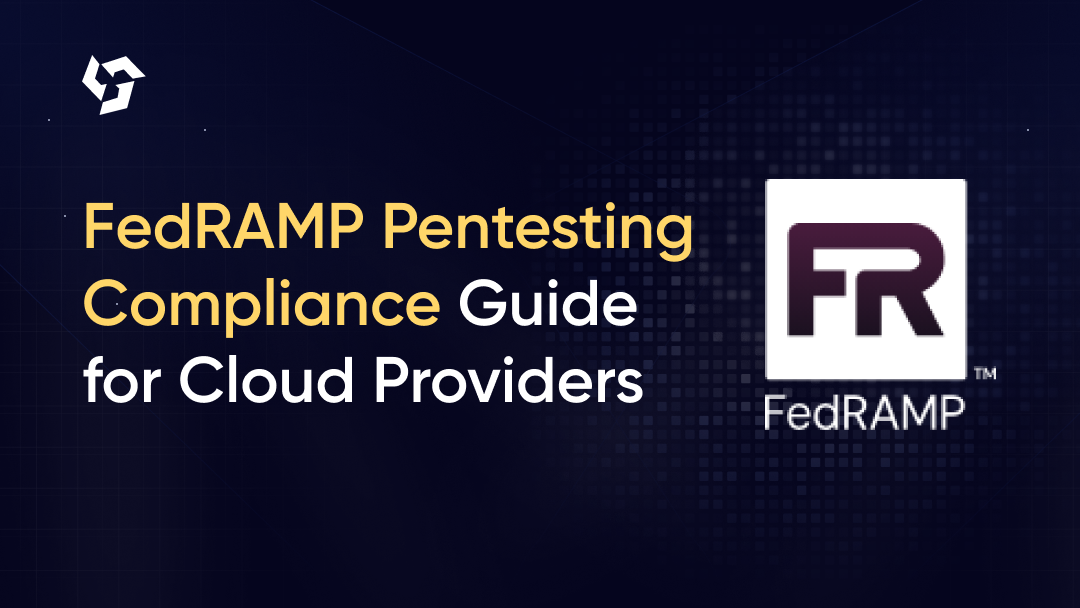

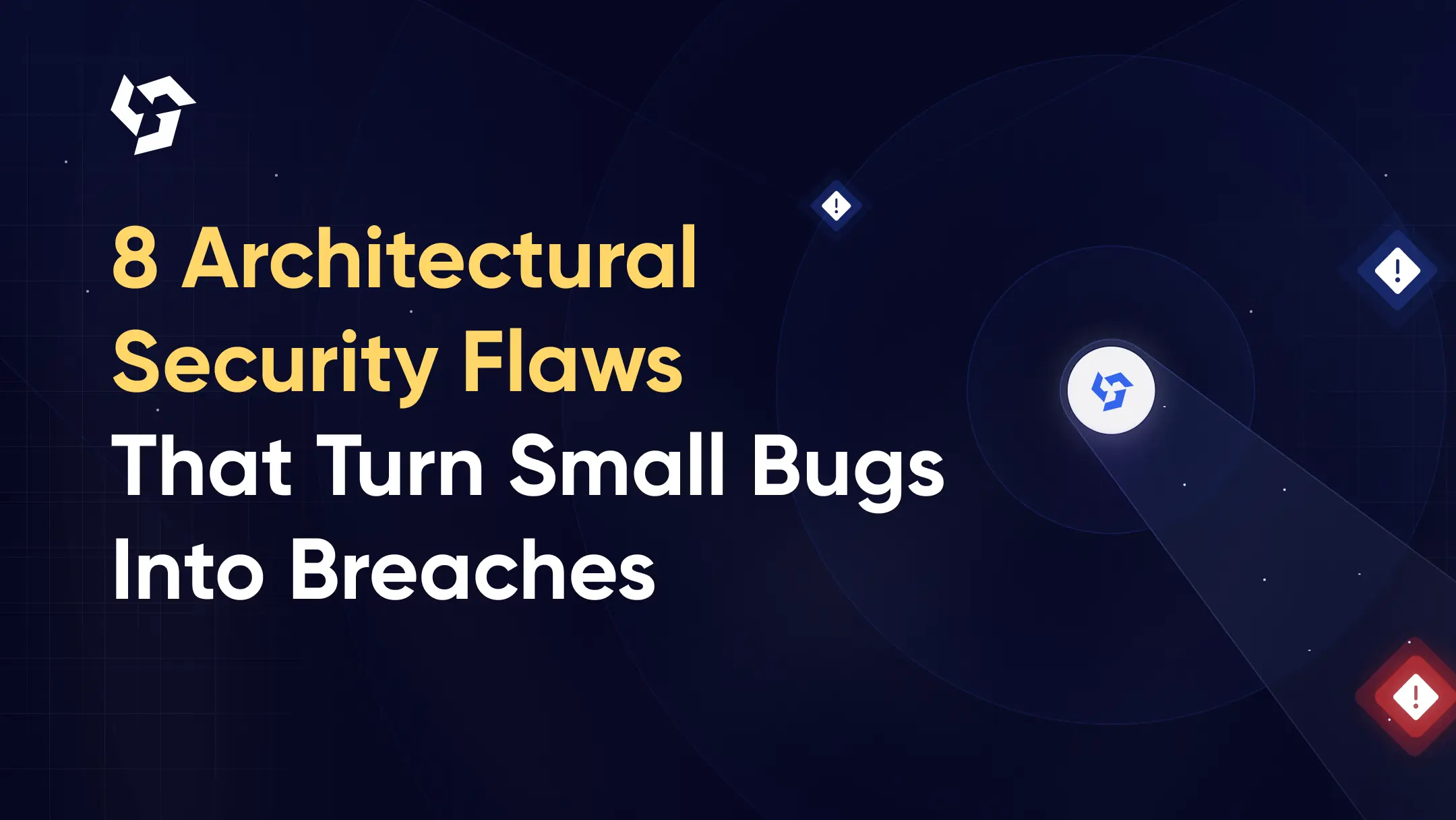
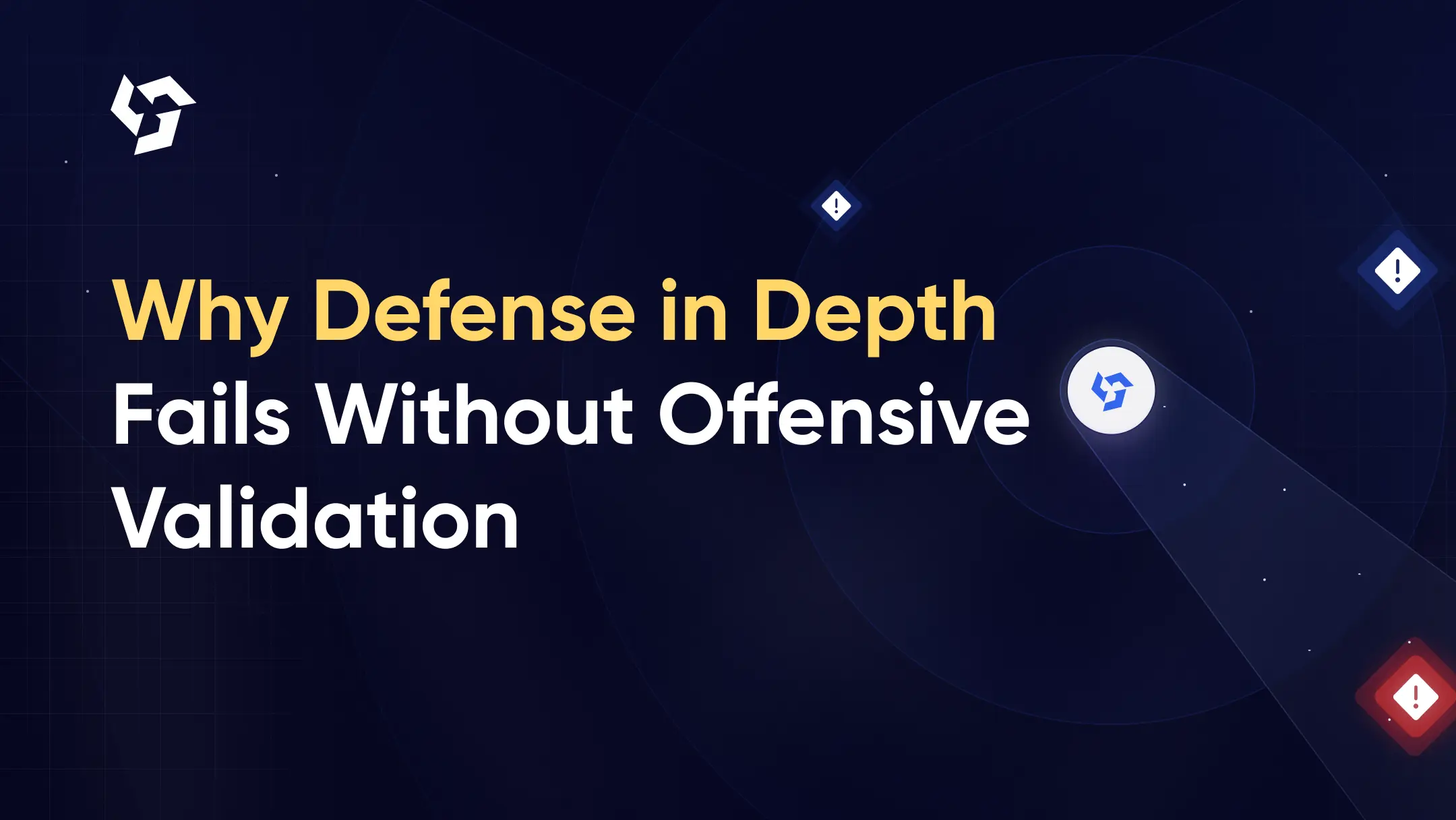


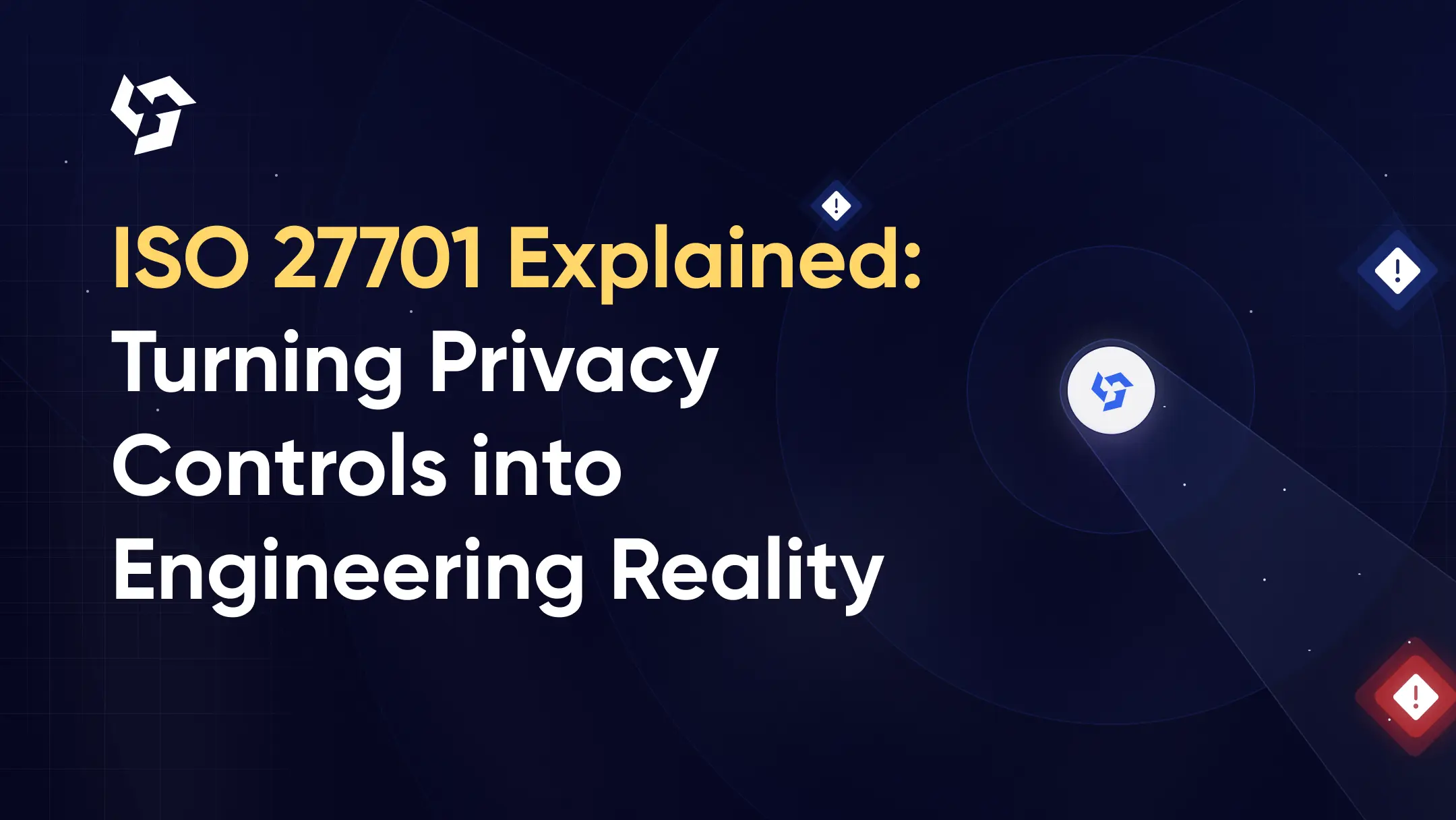

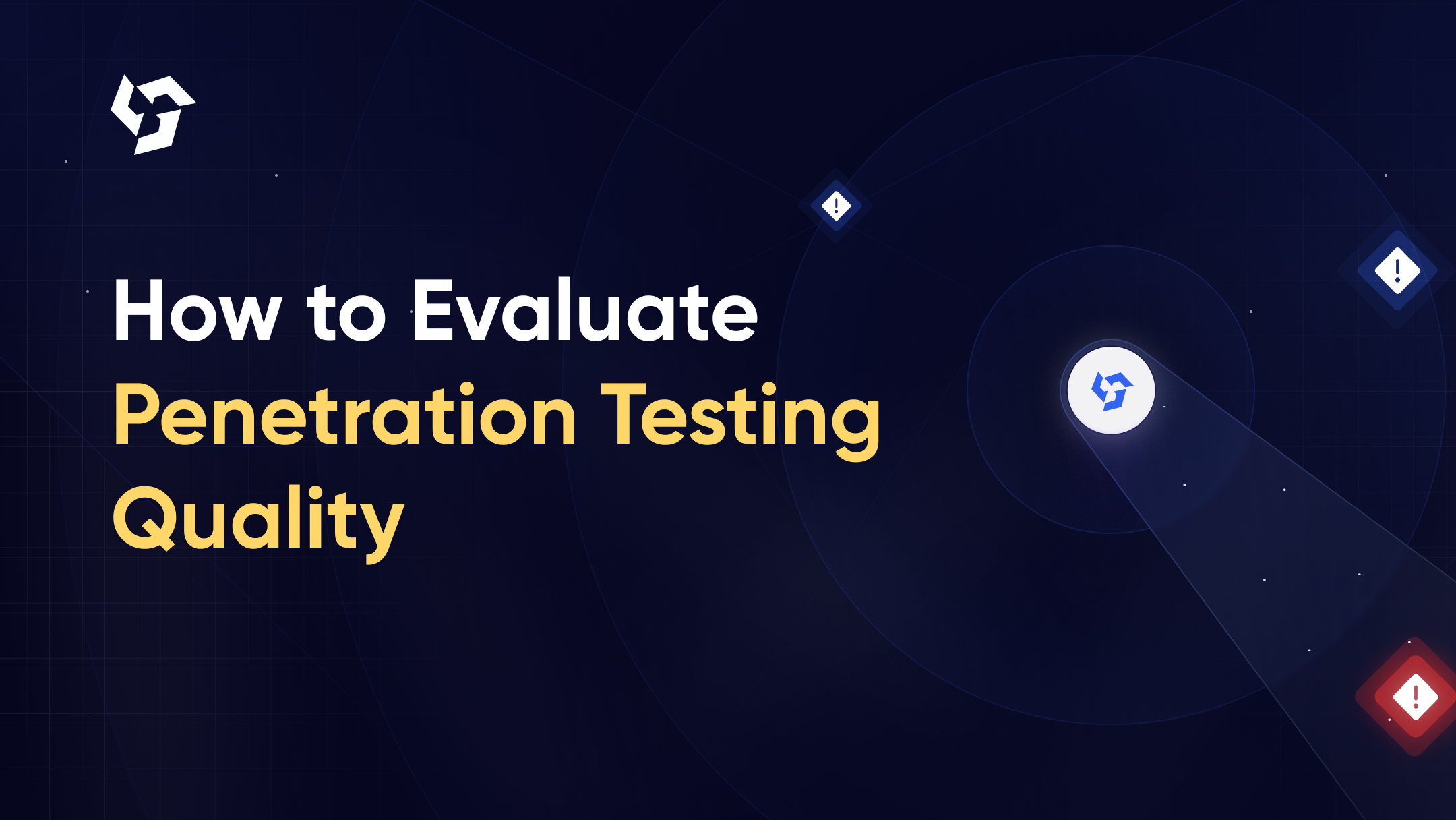

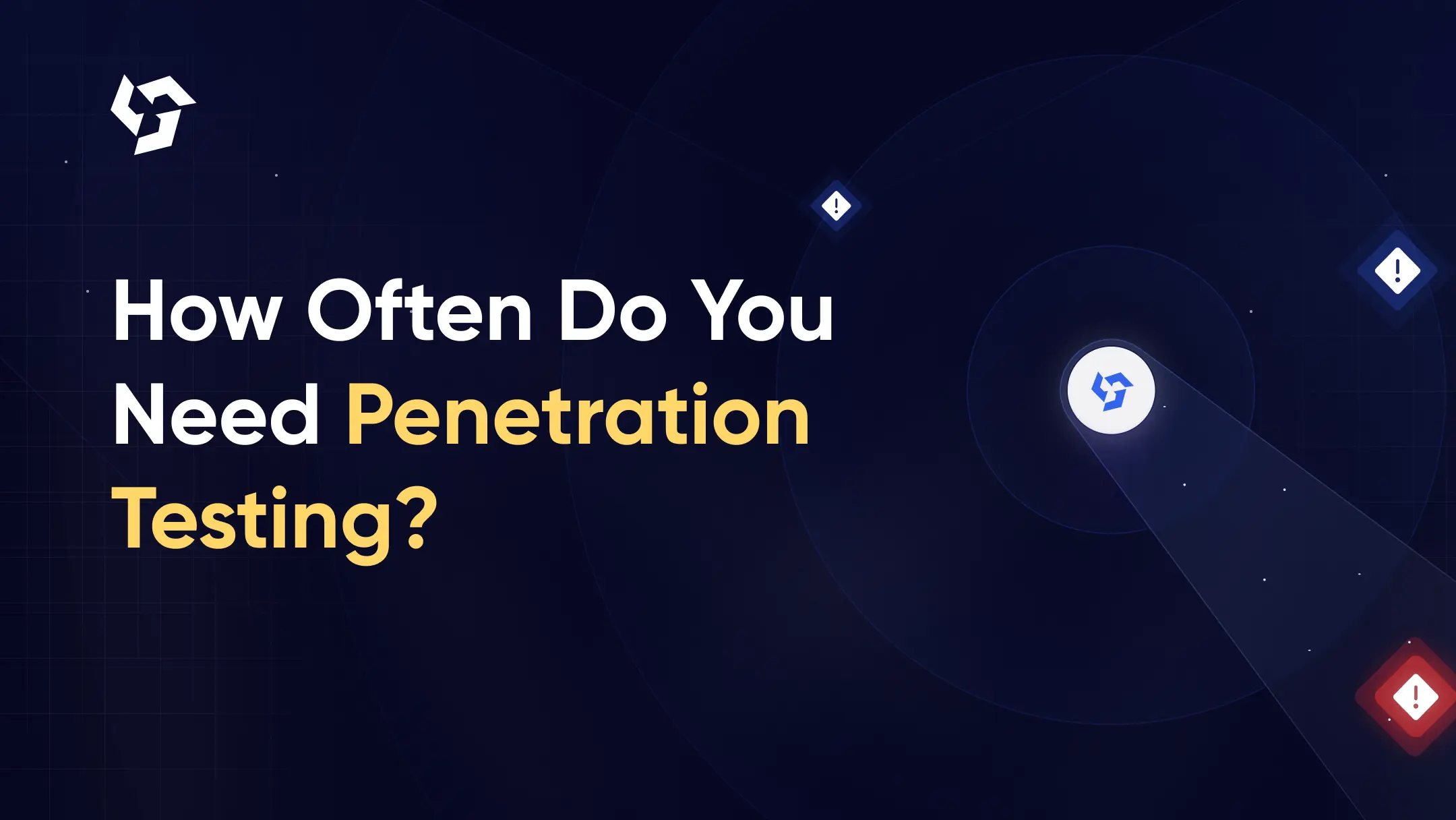
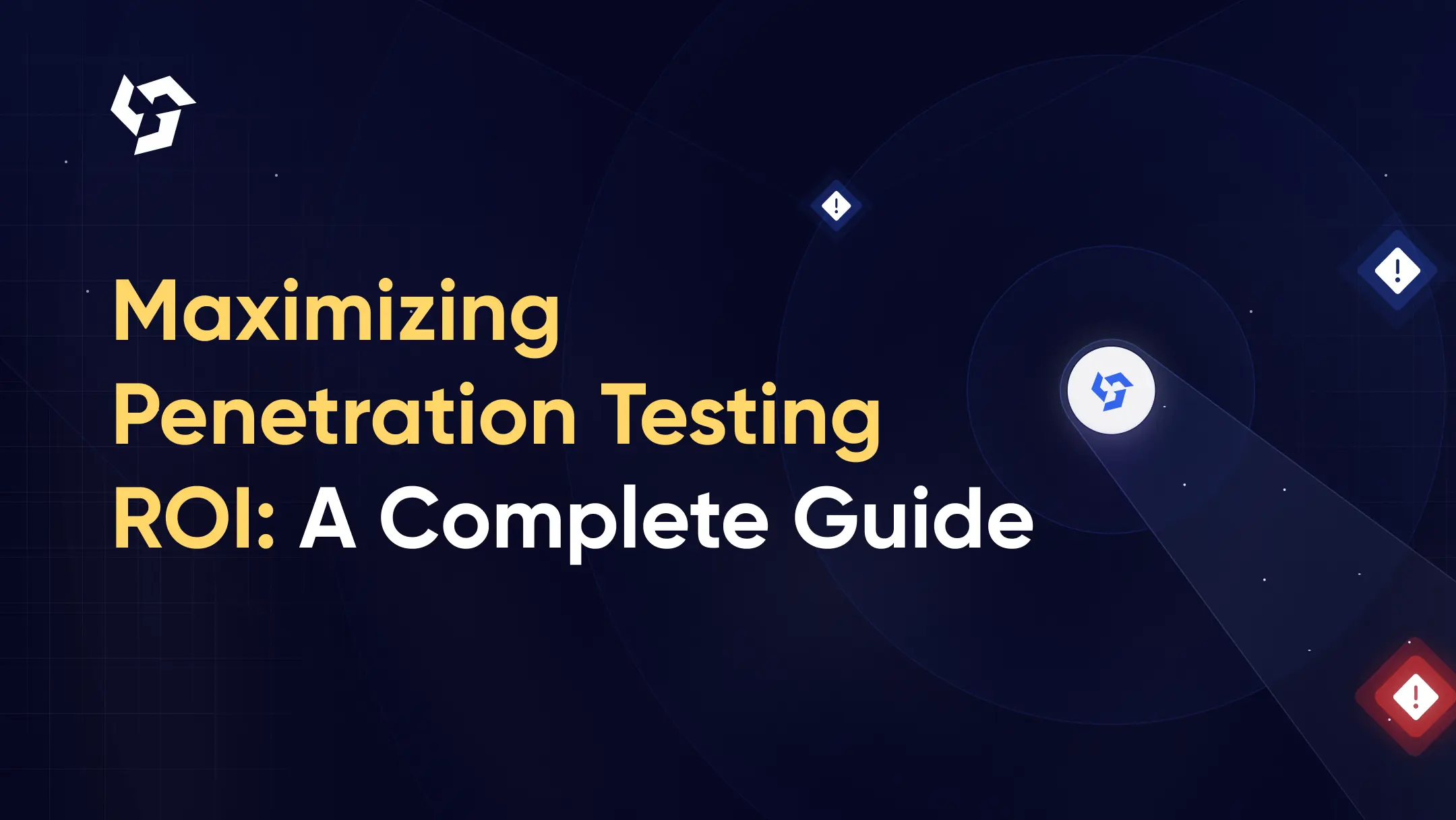


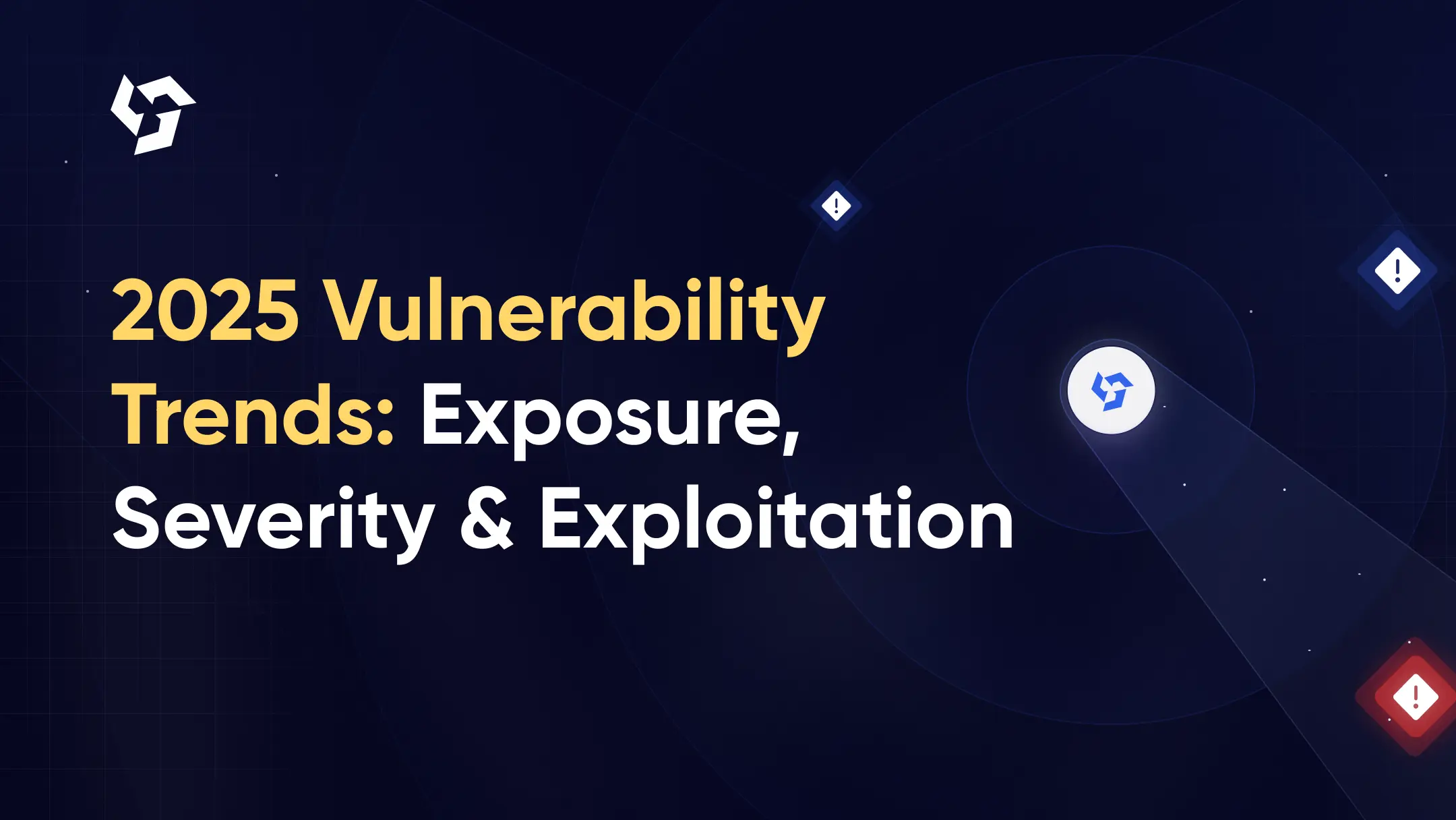
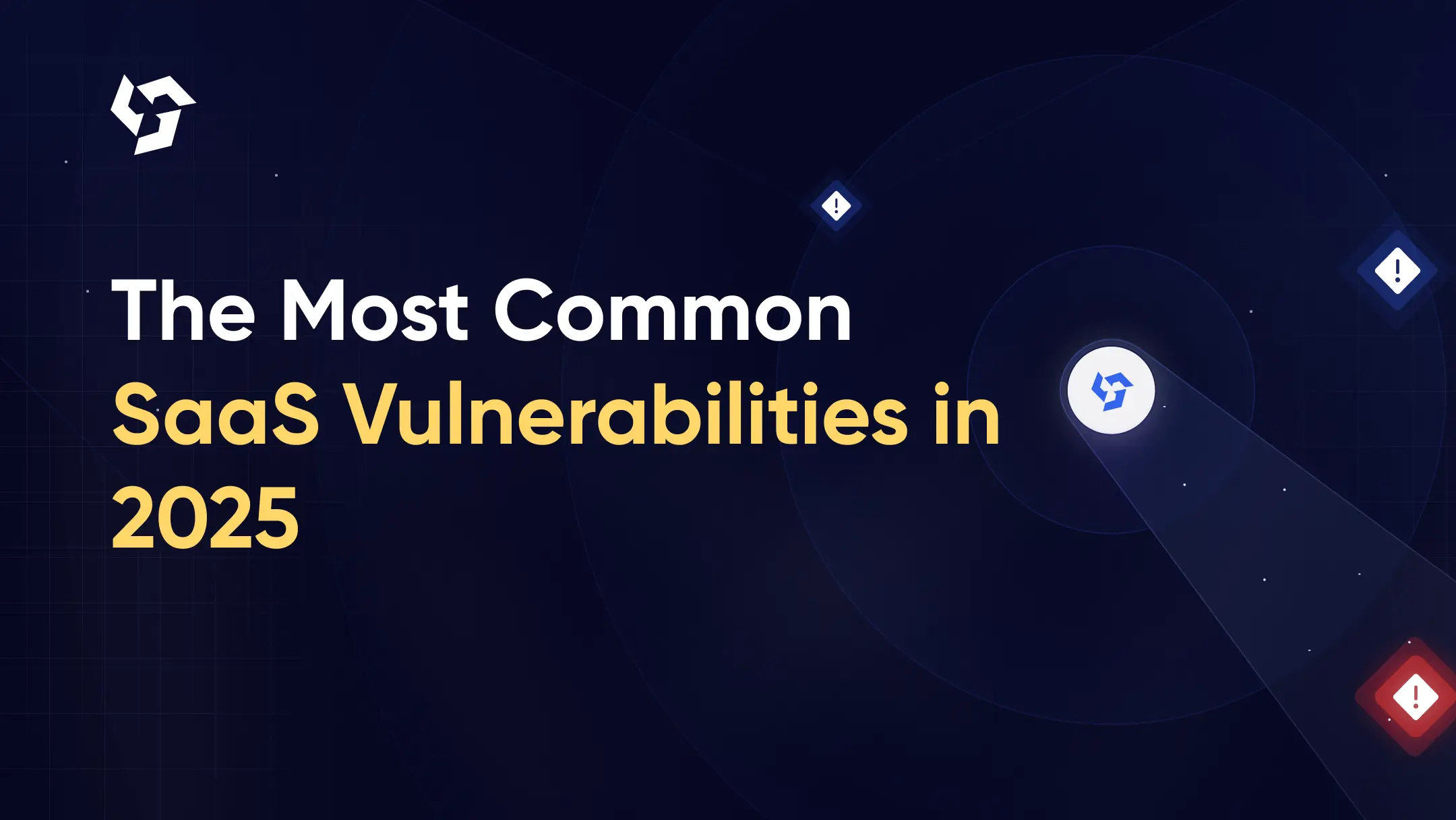













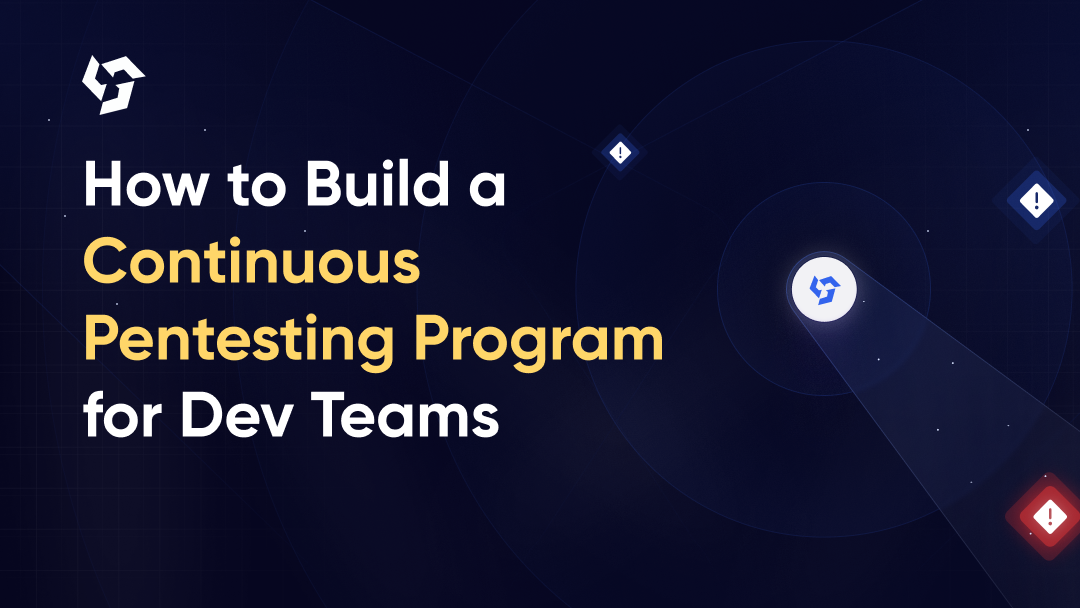




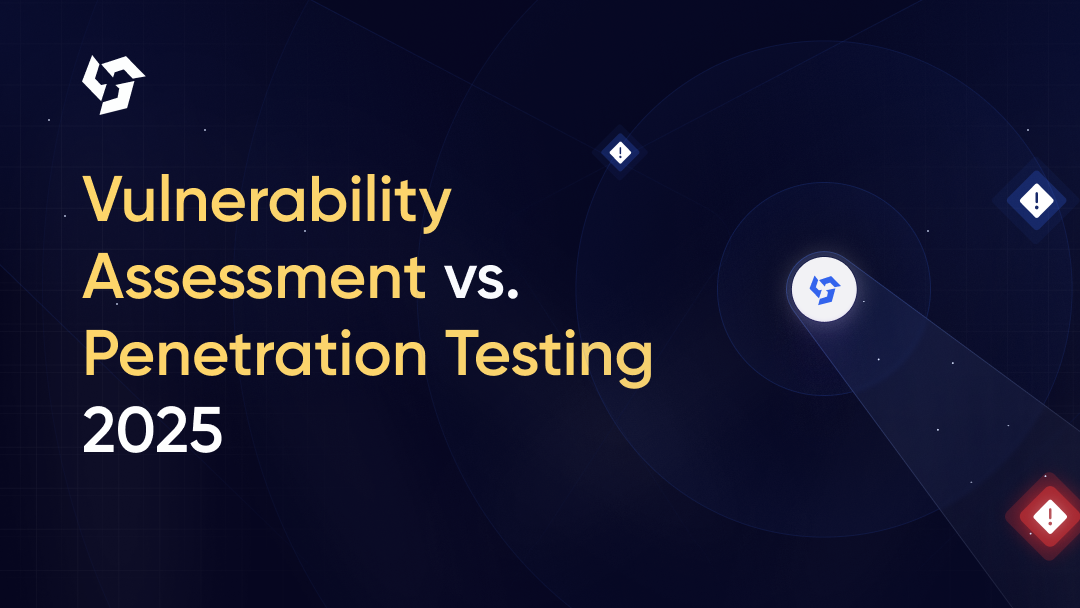

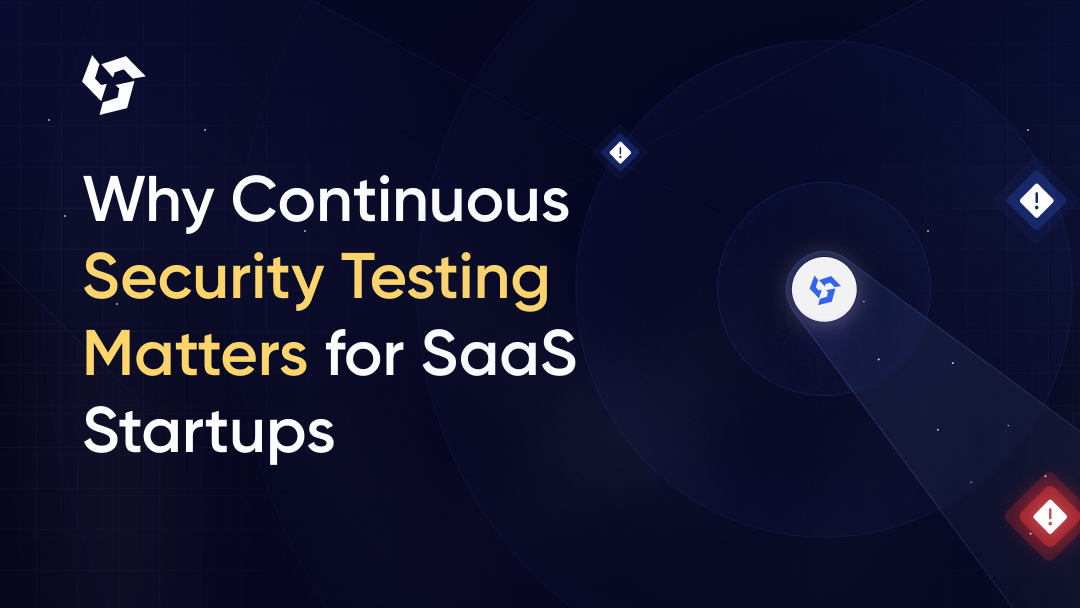
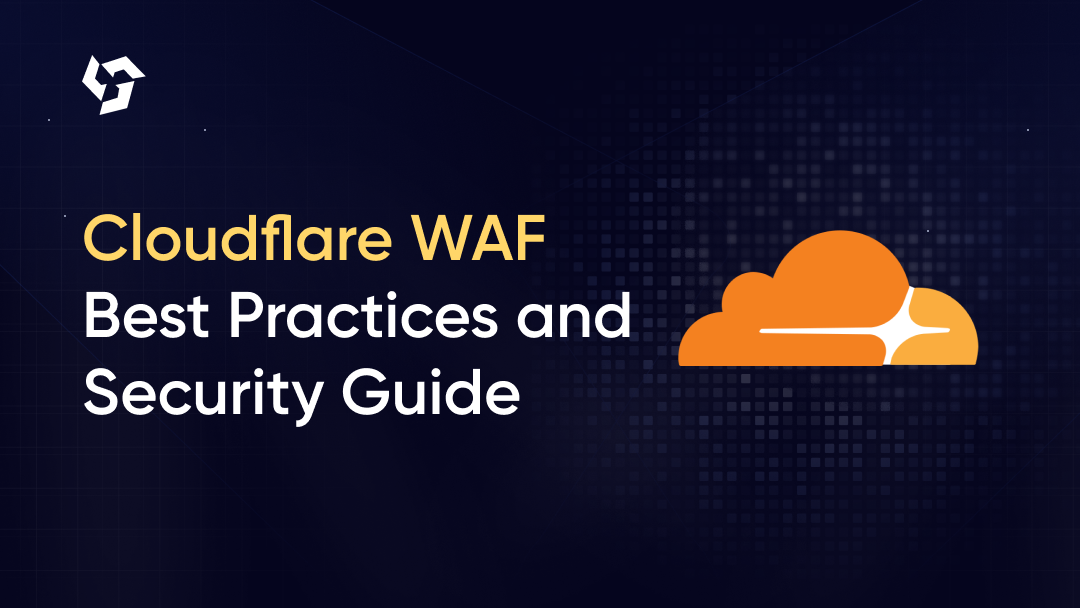



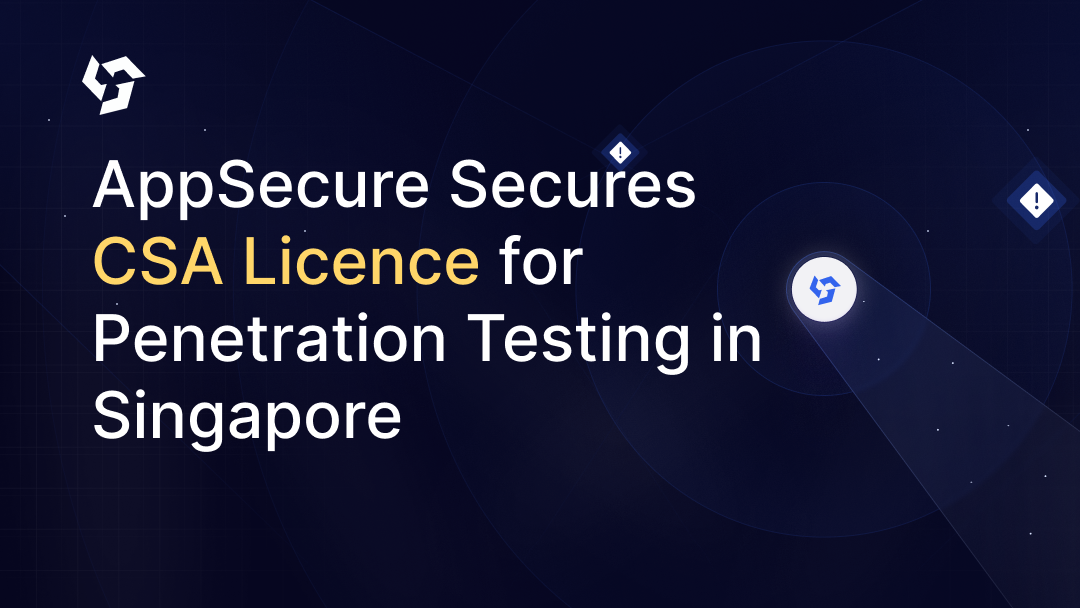
.png)
.png)

.png)
.png)
.png)
.png)
.png)
.png)
.png)
.png)
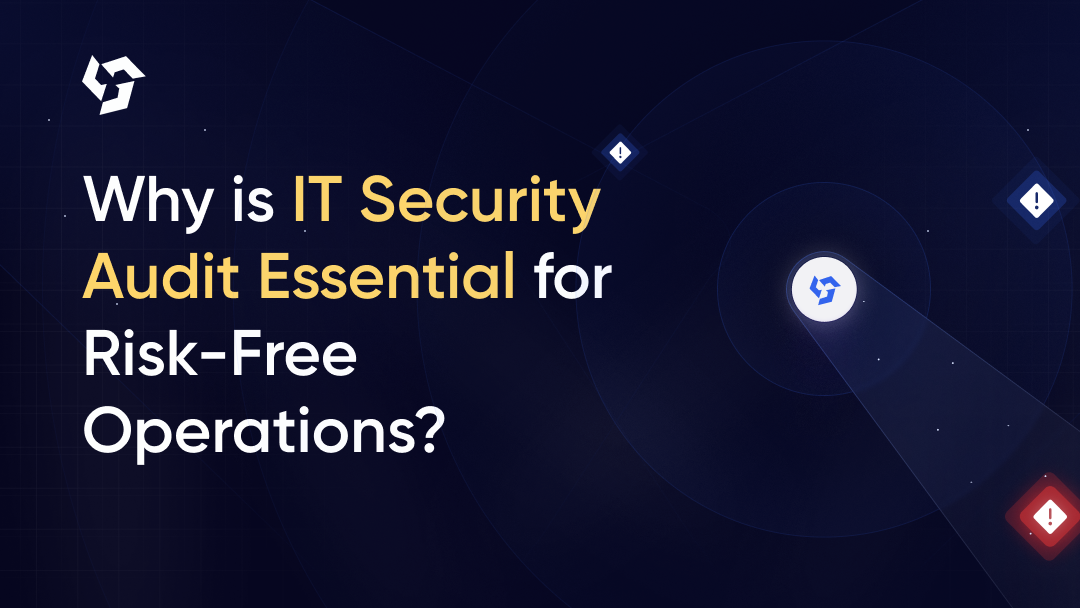

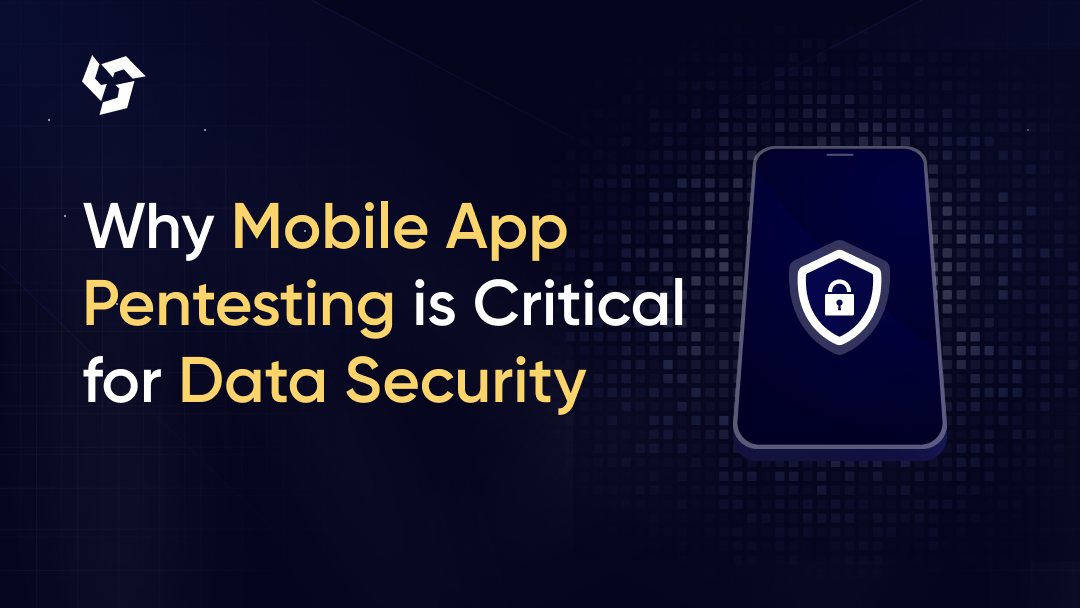
.png)


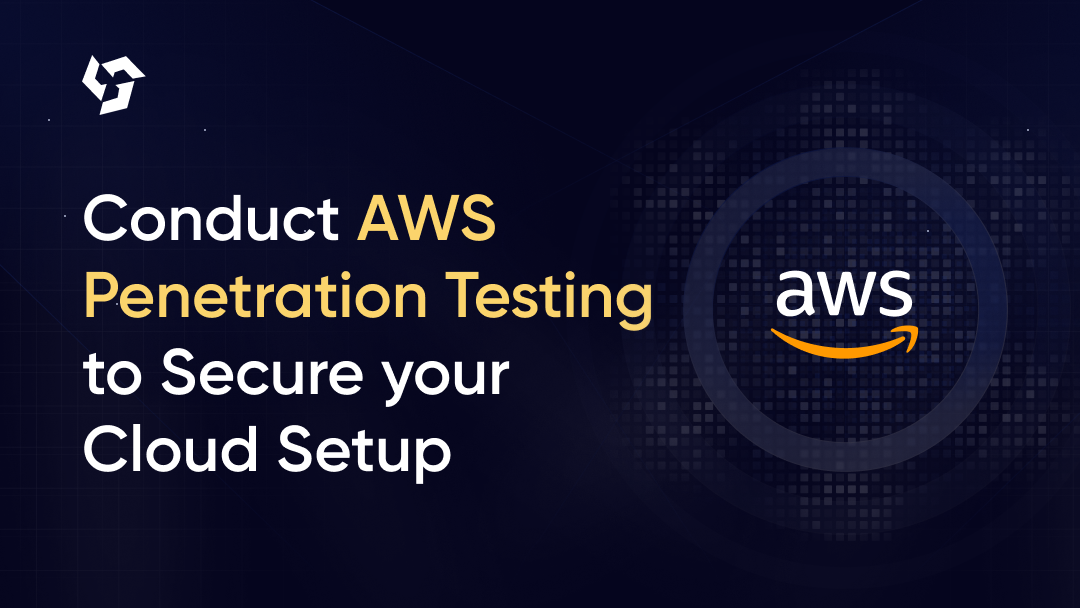

.png)
.png)
.png)
.png)
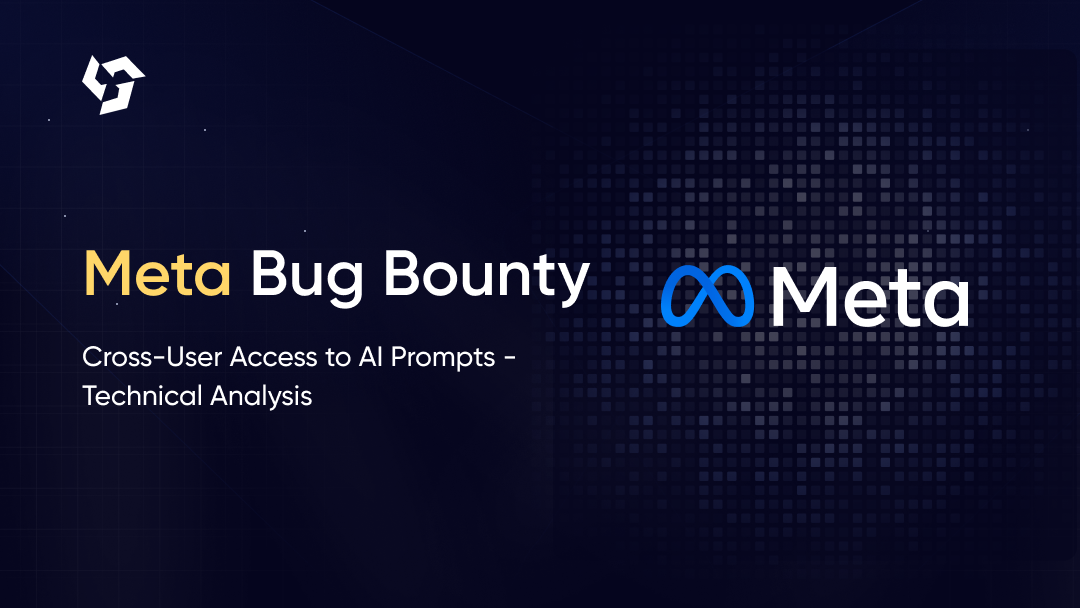
.png)
.png)
.png)

.png)
.png)
.png)
.png)
.png)

.png)









.webp)





.webp)


.webp)

.webp)




.webp)
